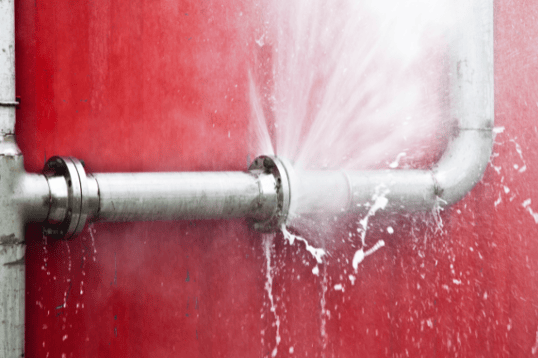
Topics: Trenchless Technology, Water Heaters, Home Plumbing
3 Common Water Pipe Mistakes to Avoid During Repairs
Posted by William Heinselman on
Plumbing Articles from Sacramento, CA

Topics: Trenchless Technology, Water Heaters, Home Plumbing
Posted by William Heinselman on

Topics: Plumbing in Sacramento
Posted by William Heinselman on
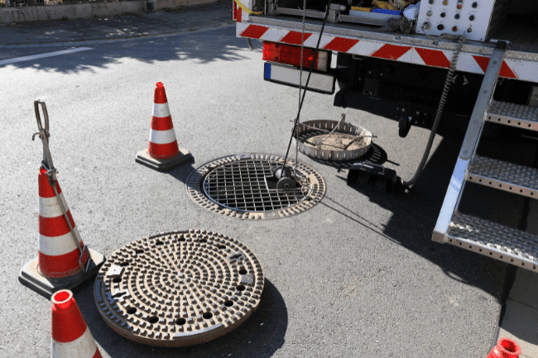
Topics: Municipal Plumbing, Pipe Leaks and Repair, Sewers
Posted by William Heinselman on
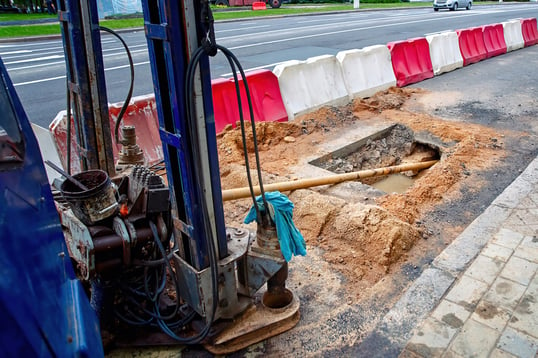
Topics: Plumbing in Sacramento, Trenchless Technology, Municipal Plumbing
Posted by William Heinselman on
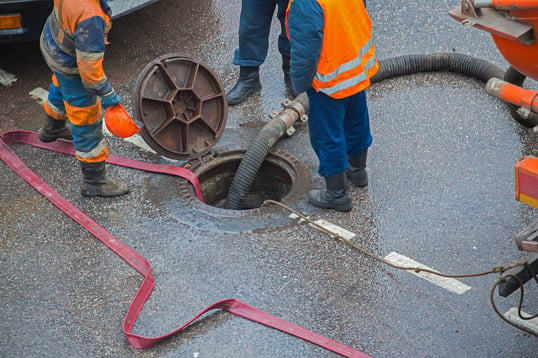
Topics: Trenchless Technology, Municipal Plumbing
Posted by William Heinselman on
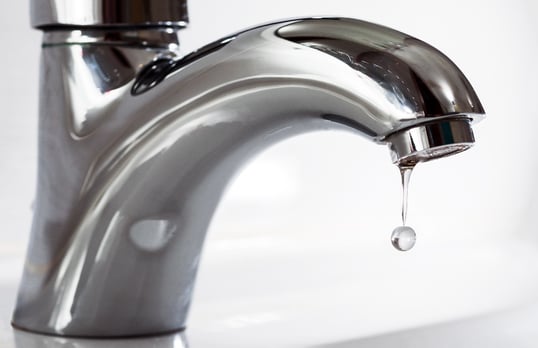
Topics: Pipe Leaks and Repair
Posted by William Heinselman on
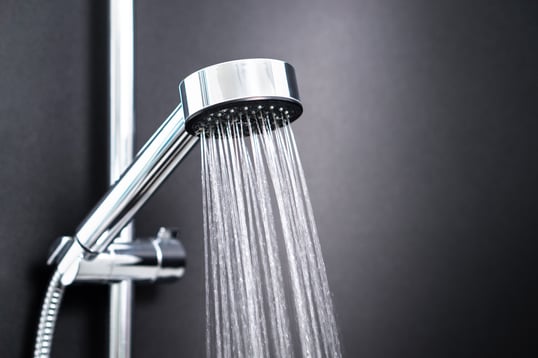
Topics: Home Plumbing
Posted by William Heinselman on

Topics: Home Plumbing, DIY, Plumbing Tips
Posted by William Heinselman on
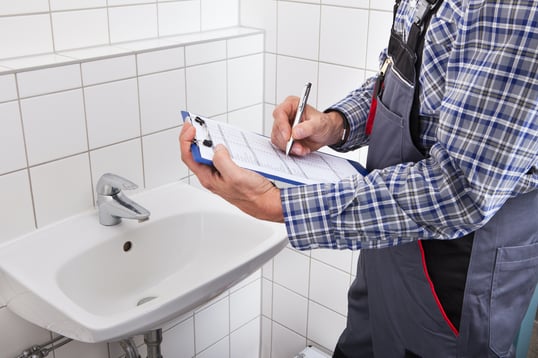
Topics: Trenchless Technology, Home Plumbing
Posted by William Heinselman on

Topics: Trenchless Technology, Pipe Leaks and Repair, Home Plumbing
Posted by William Heinselman on